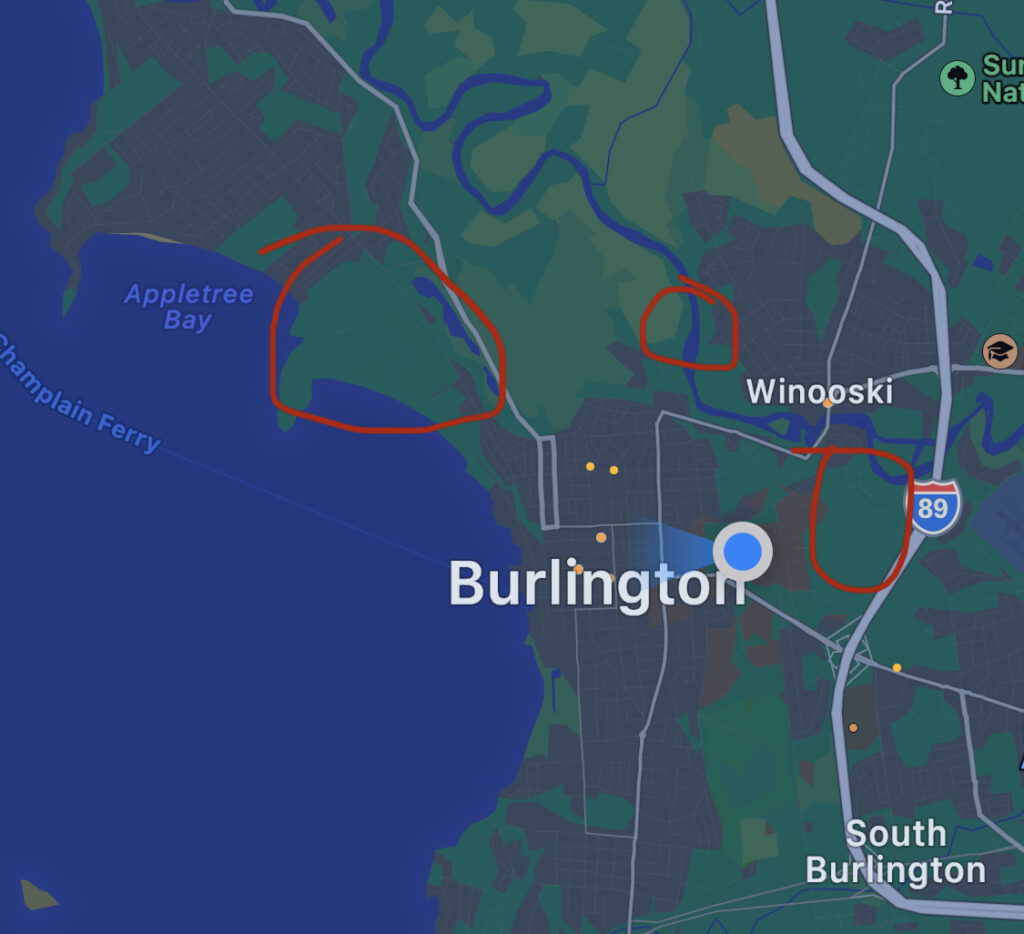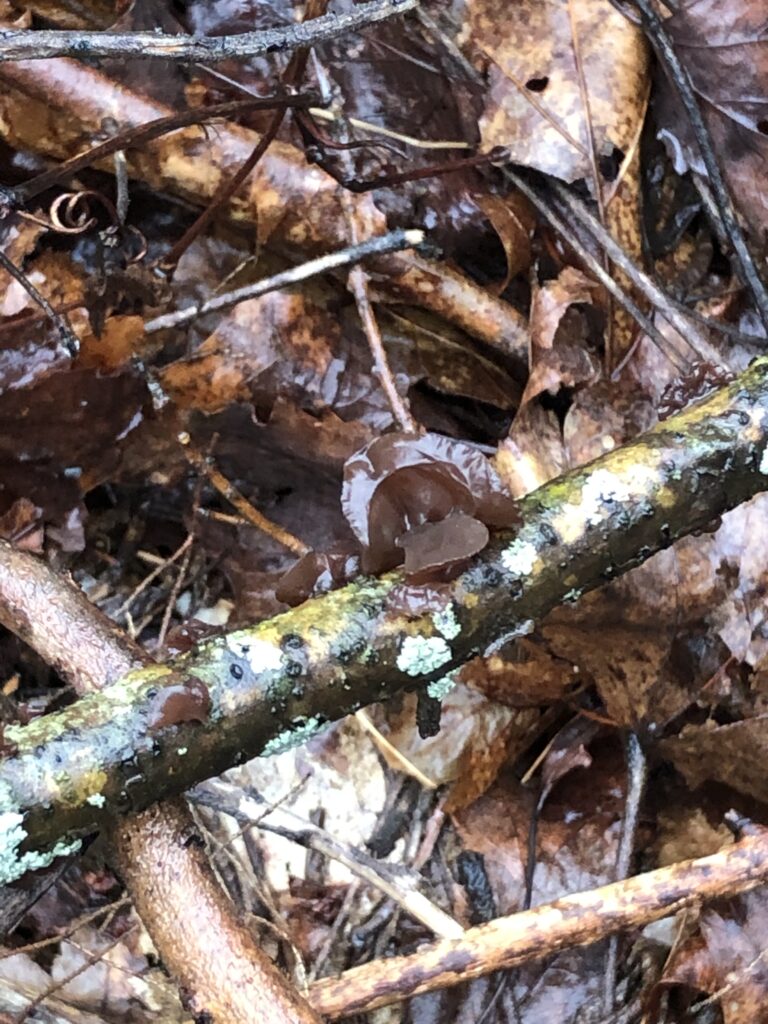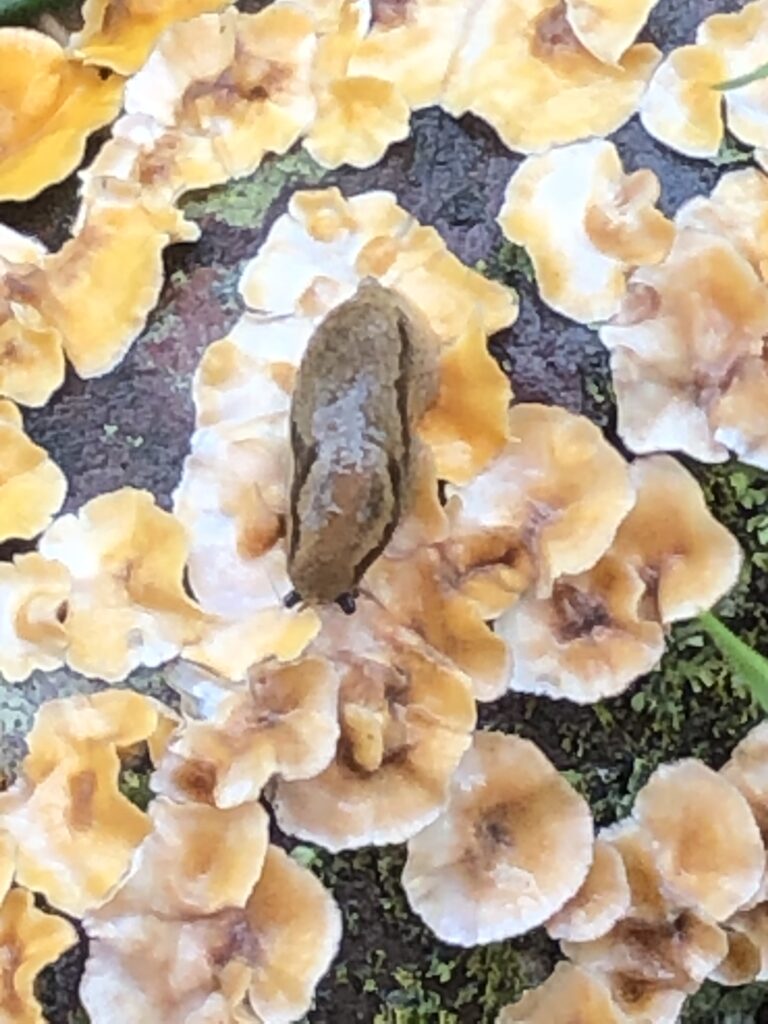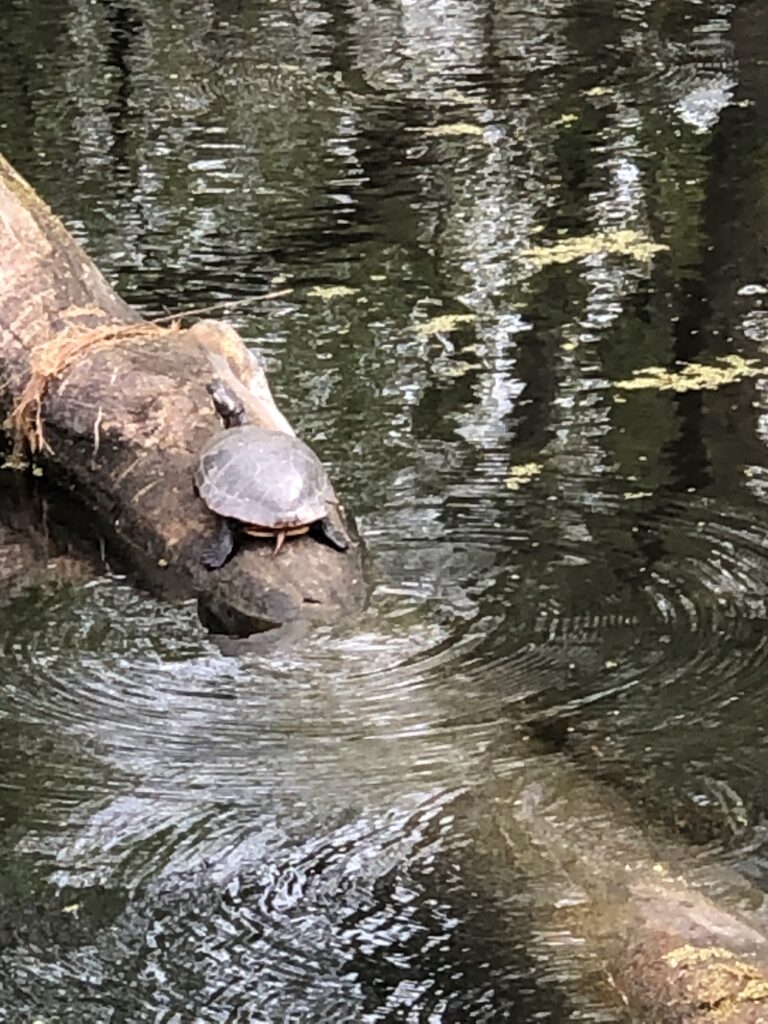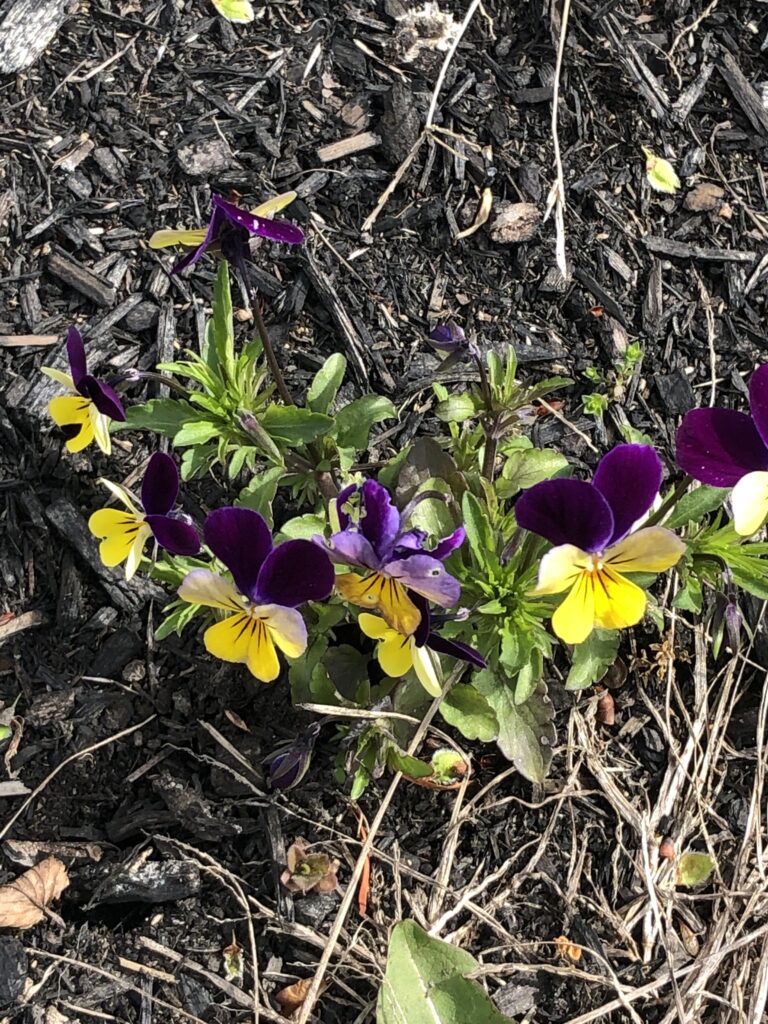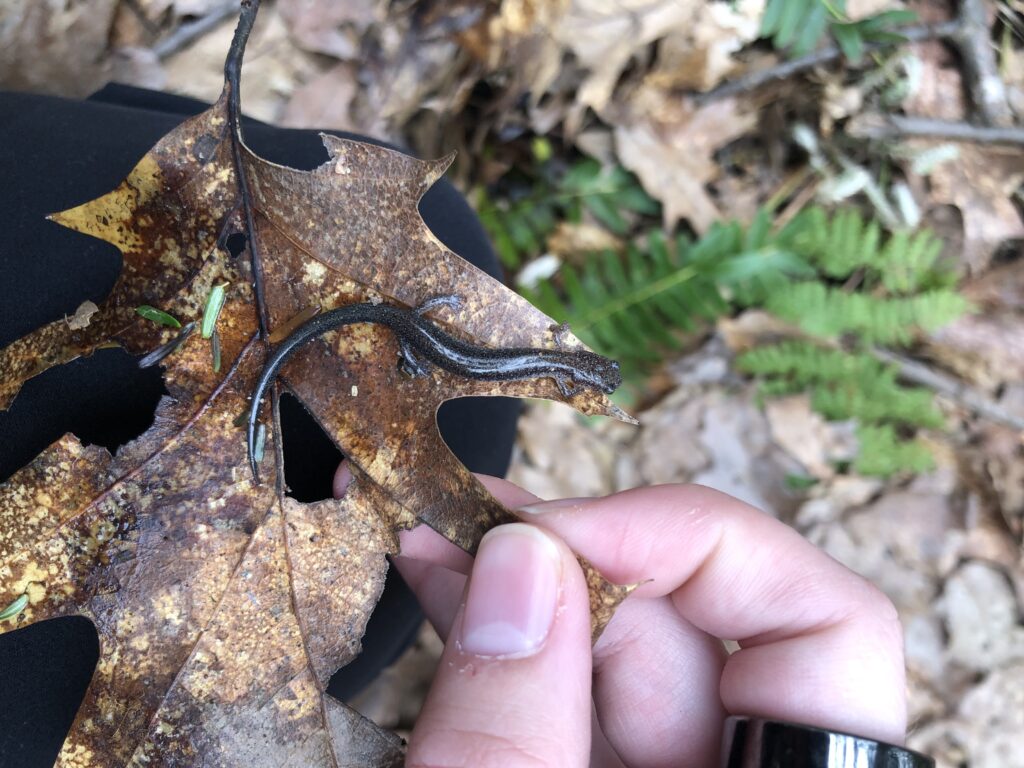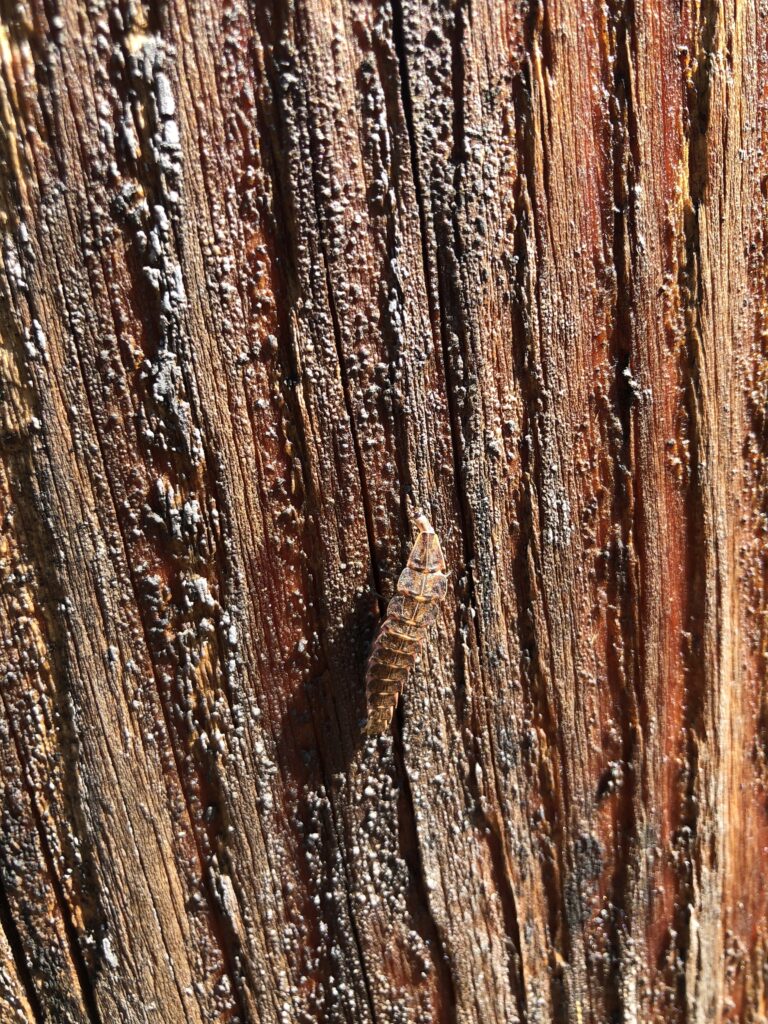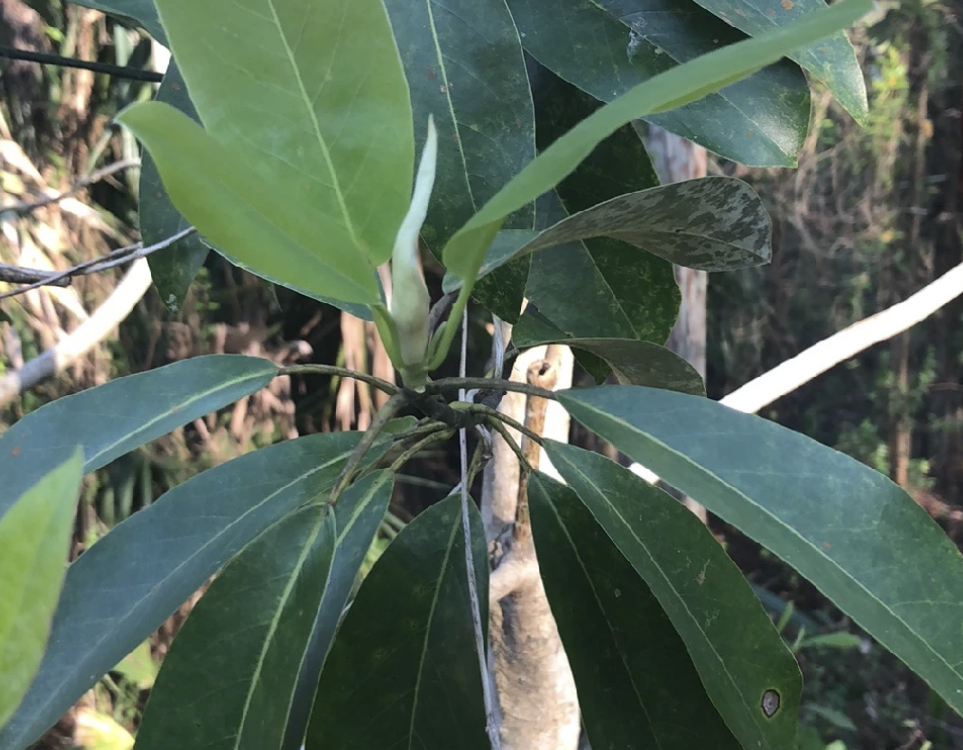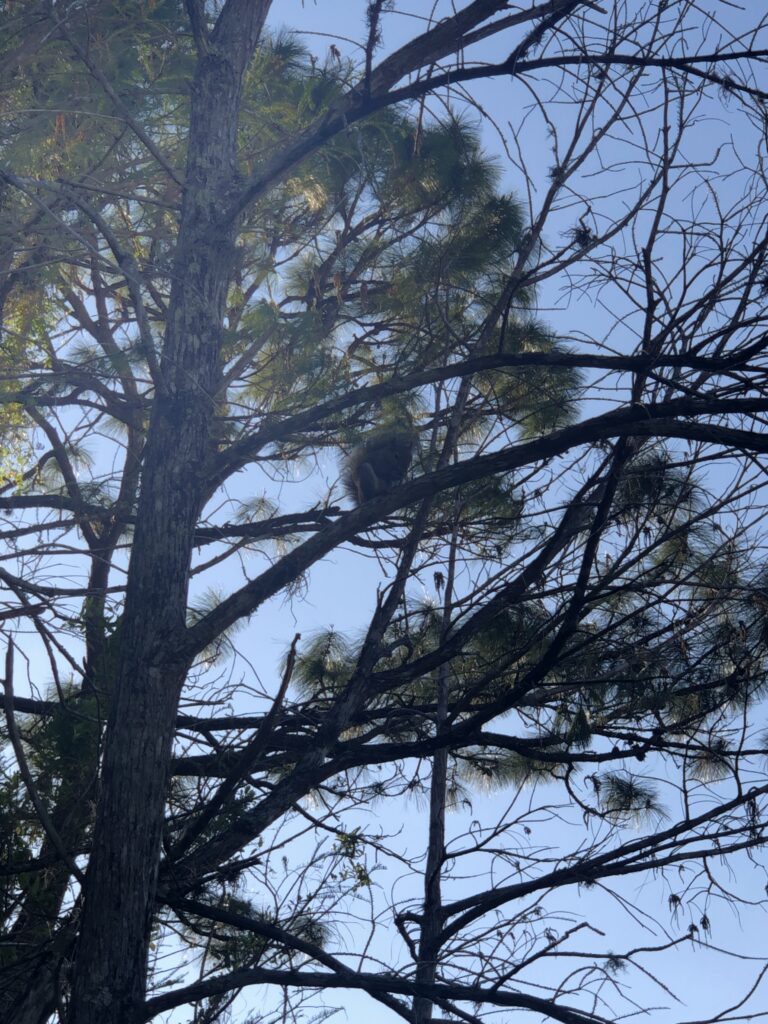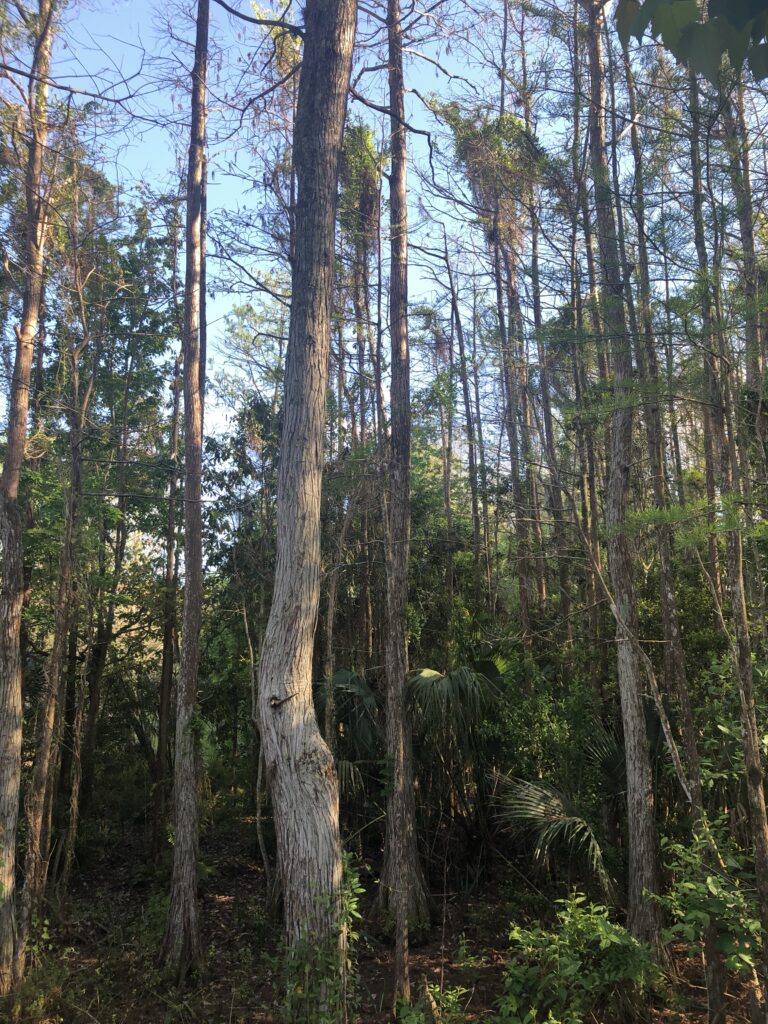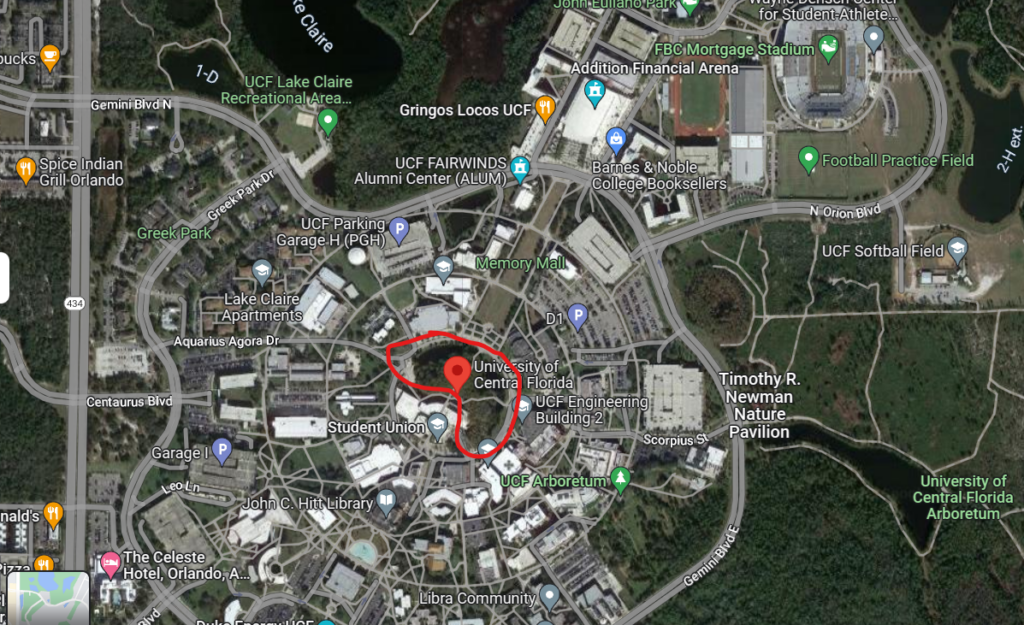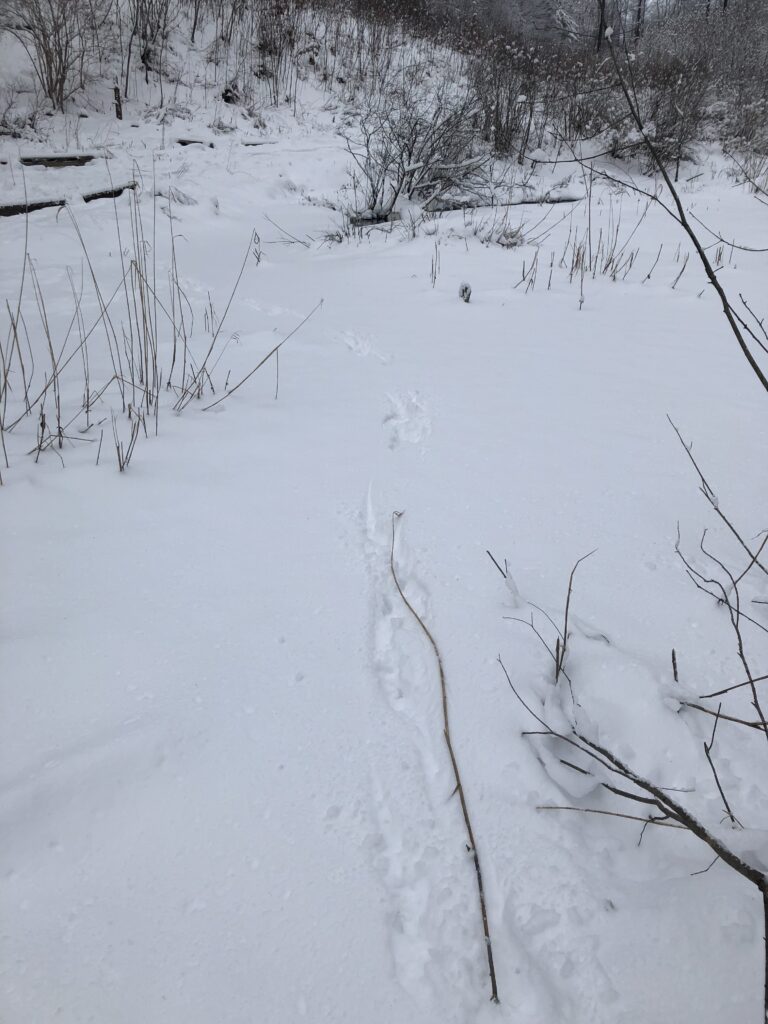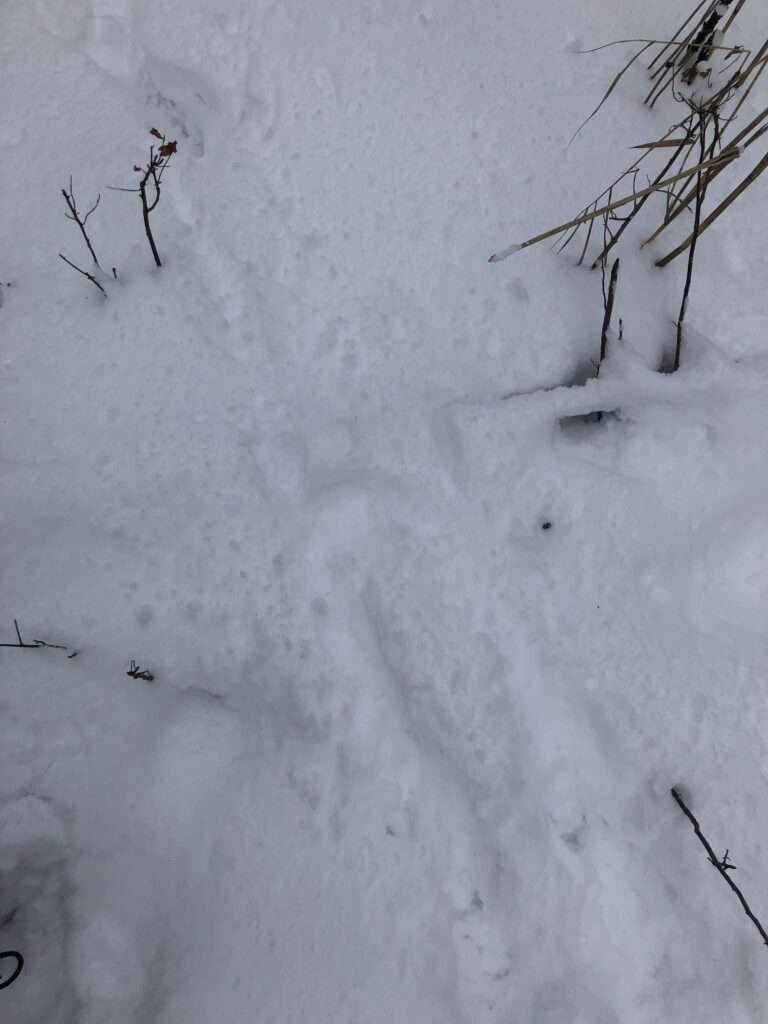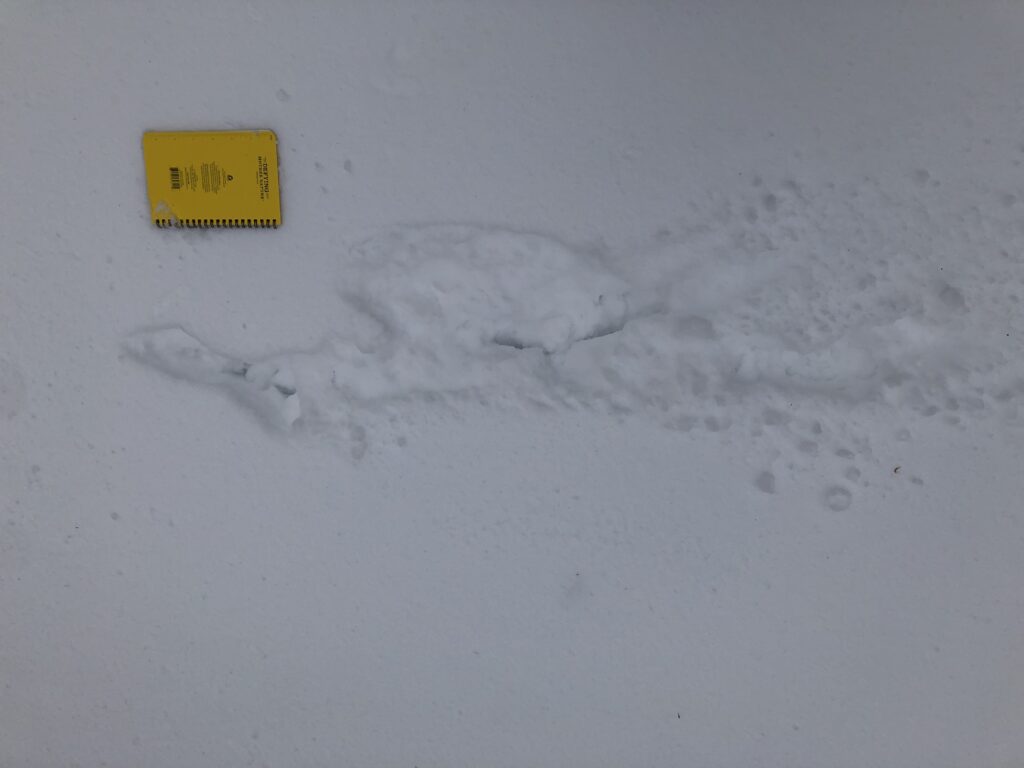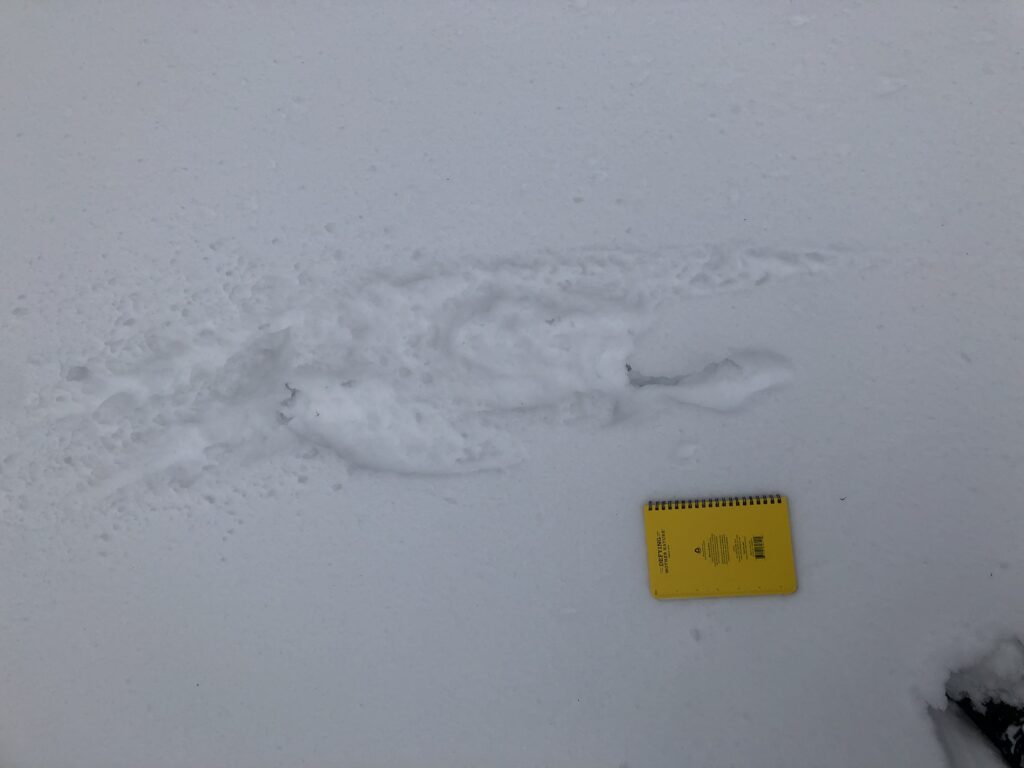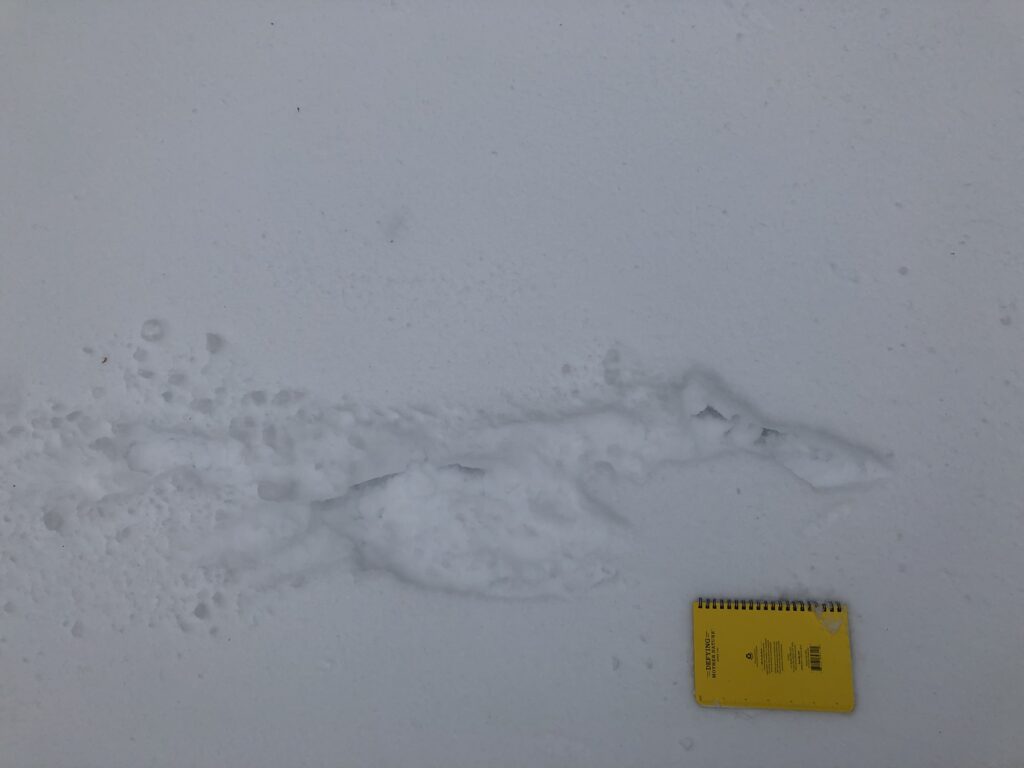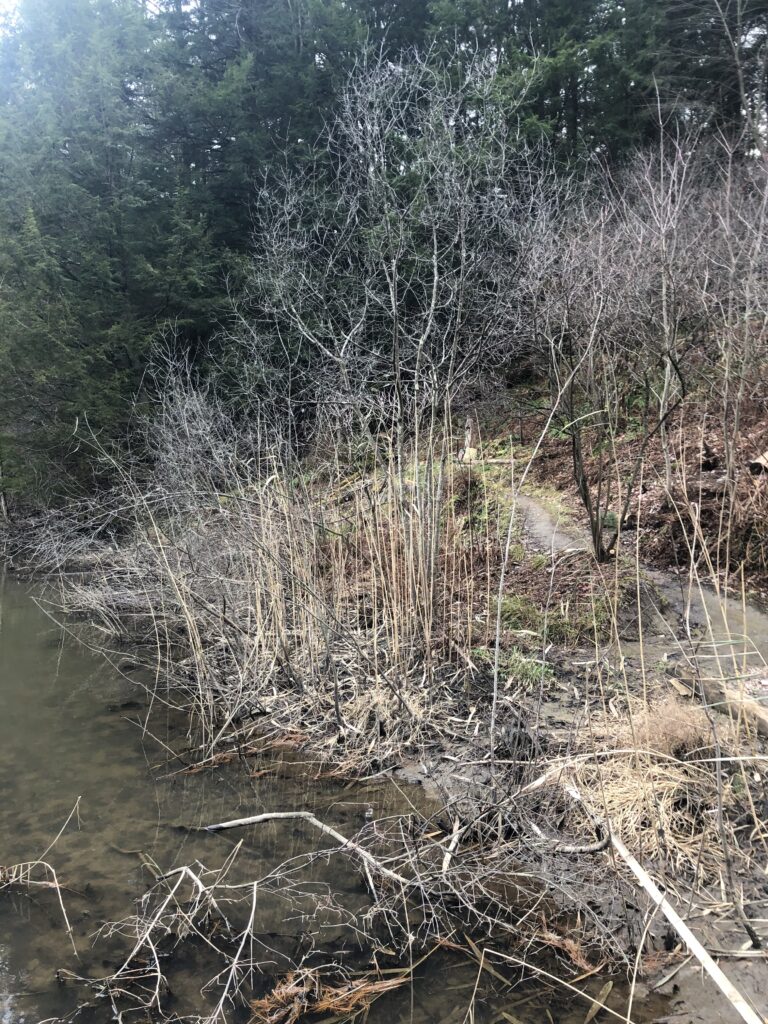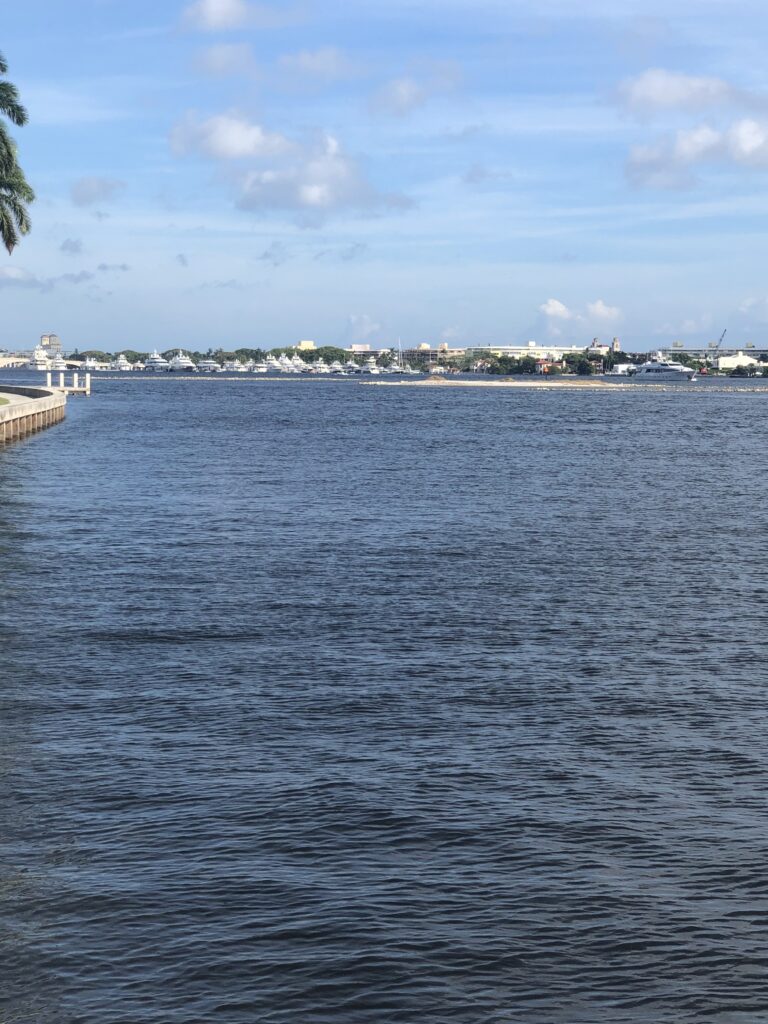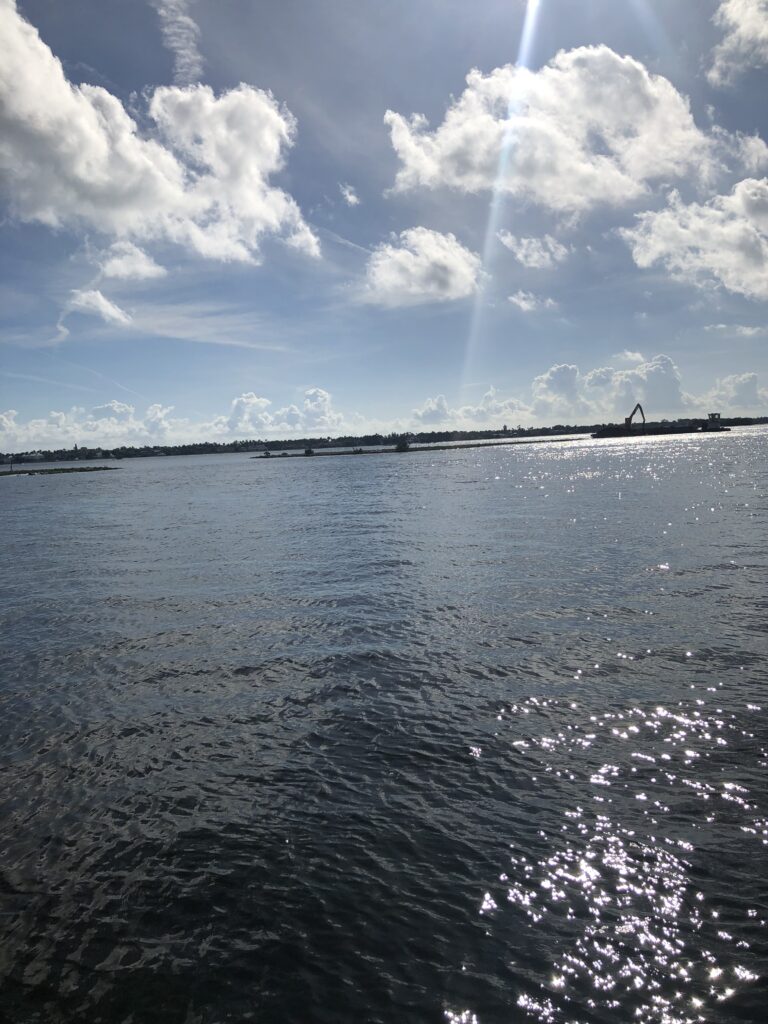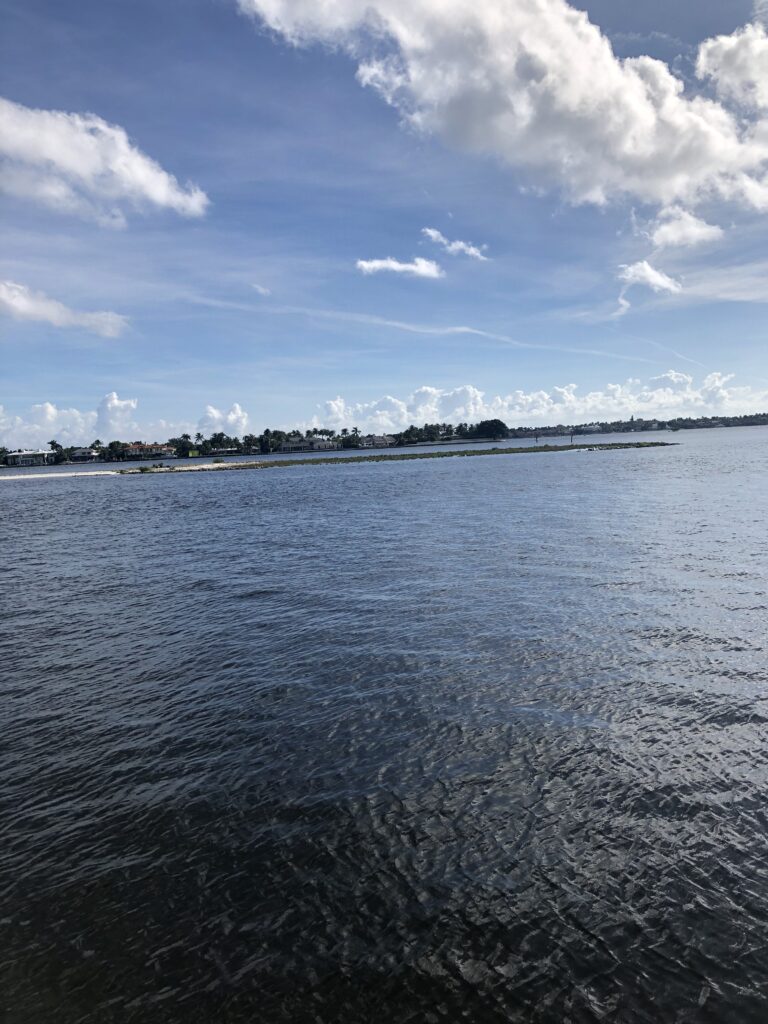During the global BioBlitz on iNaturalist, I visited a lot of places in the Greater Burlington area. I went to Centennial Woods, Rock Point, and the Intervale Center. All of these places were amazing and had lots of species for me to observe. In total, I observed over 100 species in four days. iNaturalist was super easy to use and people were always online to help me identify my observations. The only downside is that iNaturalist drains your phone battery so I suggest you take pictures at a location and post them later when your phone can be plugged in. Don’t worry the time and location will still be specified in your post whether or not you are still at that specific location.
